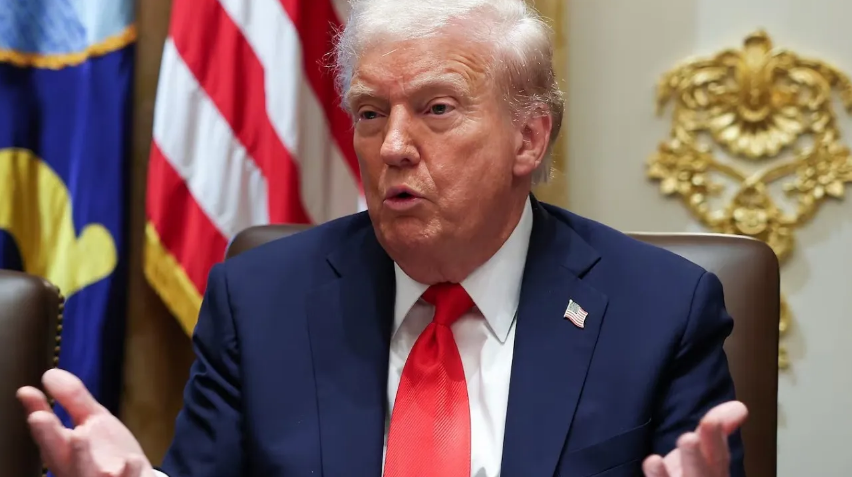Less than a week after a ceasefire agreement between Israel and Hamas, reports indicate a surge of internal violence in Gaza. The ceasefire had involved mutual prisoner releases, a halt to hostilities, and Israel agreeing to withdraw its forces from the territory. Despite these measures, Hamas has reportedly begun targeting rival factions and individuals suspected of collaborating with Israeli intelligence, resulting in nearly 50 deaths so far. The attacks have raised concerns about escalating internal bloodshed in the region.
Hamas is alleged to be acting violently against Palestinian groups it views as opponents, targeting them under the guise of maintaining control over Gaza. Eyewitnesses and local reports suggest that dozens of militia members from rival factions have been killed, indicating a systematic campaign of internal violence. The actions come shortly after U.S. President Donald Trump had publicly stated that Hamas would be responsible for maintaining internal security in Gaza, highlighting the immediate challenges to the ceasefire’s stability.
🔴 *TRUMP:* If Hamas continues to kill people in Gaza, which was not the Deal, we will have no choice but to go in and kill them.
How does this end? pic.twitter.com/bHaZgZEDpg
— Lara Logan (@laralogan) October 17, 2025
Reacting to the unfolding situation, President Trump warned that if Hamas does not halt the internal bloodshed, there would be no alternative but to intervene directly. “We have no choice but to go in and neutralize Hamas internally,” Trump said, describing the group’s recent actions as far more brutal than initially anticipated. He emphasized that while the U.S. has so far targeted only the most dangerous elements of Hamas, any escalation beyond that threshold would provoke stronger measures. Trump further cautioned that those resisting disarmament would be forcibly neutralized, and any resulting violence should not be unexpected.
In response to the ceasefire and ongoing tensions, the United States and several partner nations are deploying monitoring teams to oversee compliance in Gaza. While 200 U.S. military personnel are being sent to Israel, the White House clarified that they will not enter Gaza itself, focusing instead on observation and strategic support. The deployment aims to ensure adherence to the ceasefire while minimizing direct U.S. involvement on the ground.






